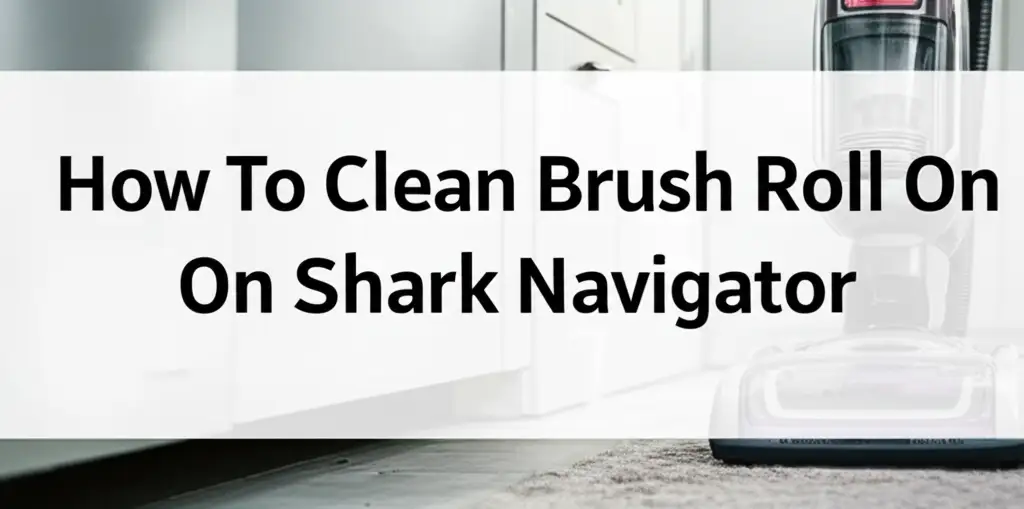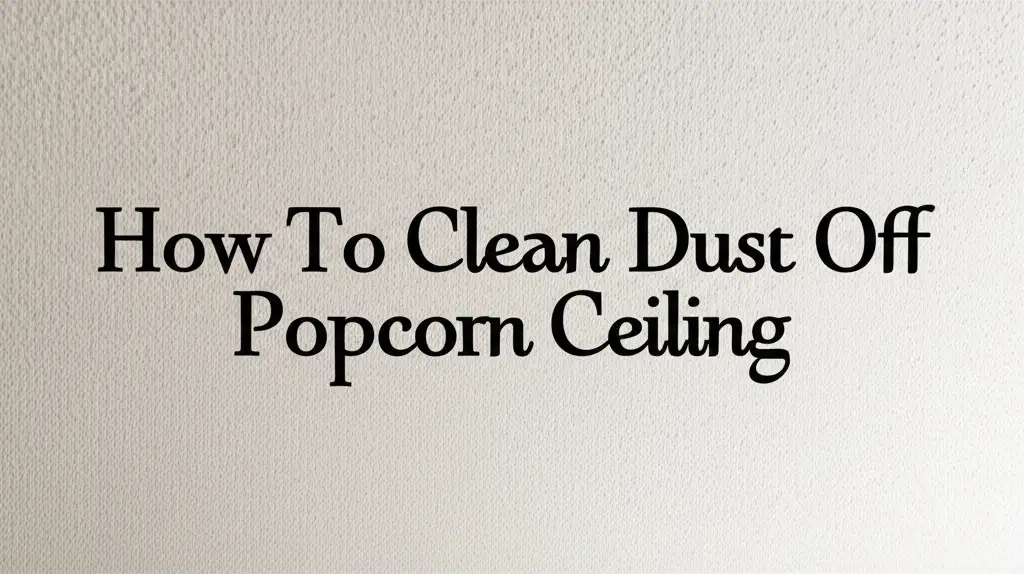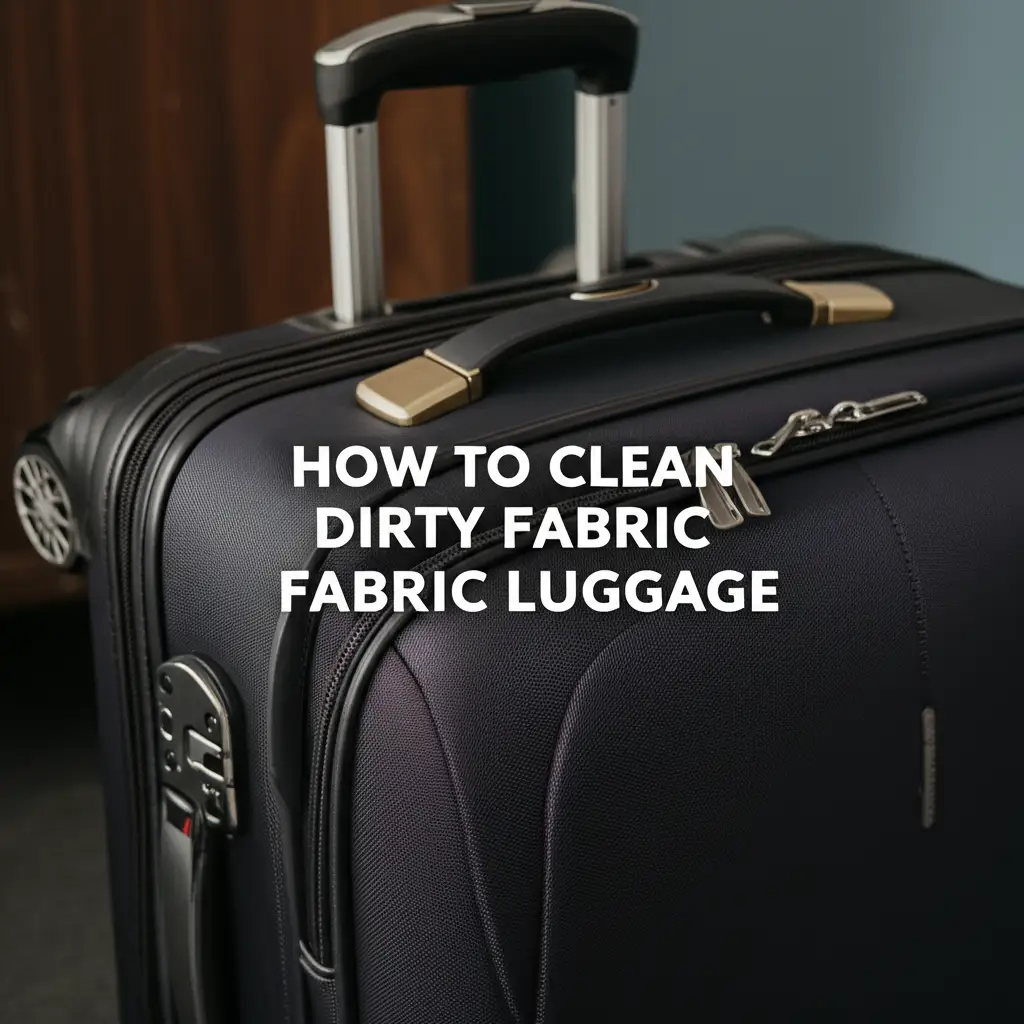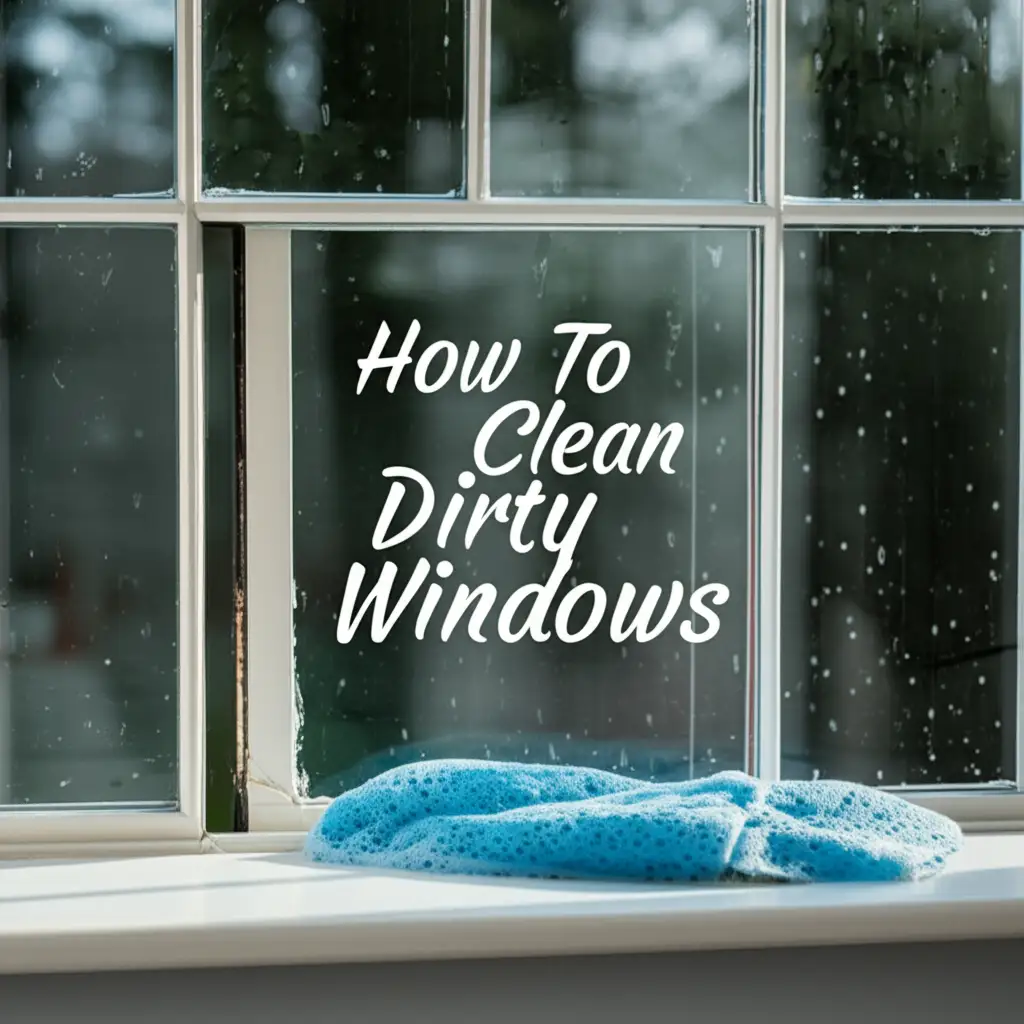· Home Cleaning · 17 min read
How To Clean Curling Iron
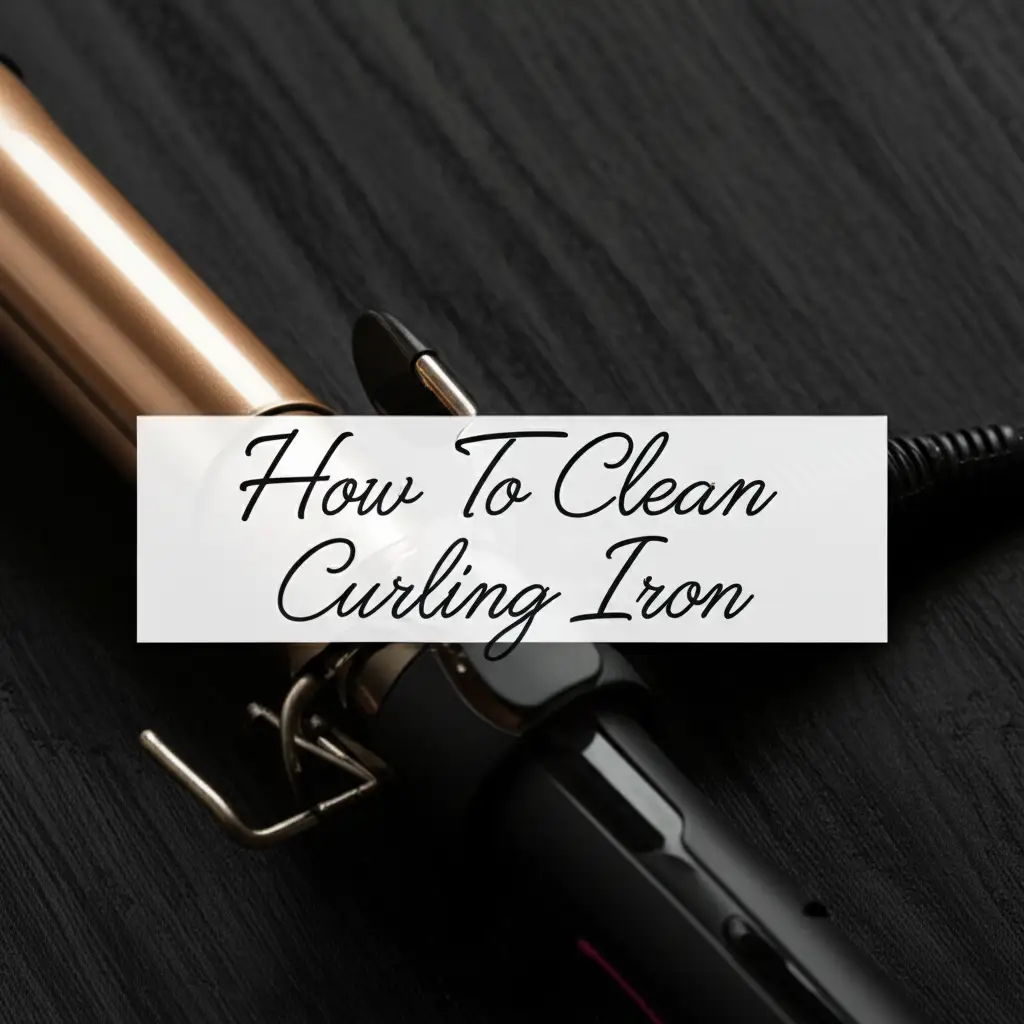
How to Clean Your Curling Iron: A Step-by-Step Guide
Do you ever notice your hair looks dull after curling? Or maybe your curling iron just does not heat up like it used to? A dirty curling iron might be the problem. Product buildup collects on the barrel over time. This residue can damage your hair and shorten your tool’s life.
Learning how to clean curling iron correctly is simple. It brings back its shine and improves its performance. Regular cleaning ensures your curls are bouncy and healthy. It also protects your hair from unnecessary damage. I will share a complete guide to help you keep your curling iron in top shape. You will learn the best methods and products to use. This article covers everything from daily wipes to deep cleaning. Let us make your curling iron clean and ready for perfect curls.
Takeaway:
- Regularly clean your curling iron to remove product buildup and maintain performance.
- Use mild cleaners like rubbing alcohol or gentle soap, avoiding harsh chemicals.
- Always unplug and cool your iron before cleaning.
- Tailor cleaning methods to your iron’s specific barrel material.
- Store your curling iron properly to prevent future residue and damage.
Cleaning your curling iron is simple. First, unplug it and let it cool completely. Use a damp cloth with rubbing alcohol or mild soap to wipe the barrel. For stubborn spots, gently scrub with a cotton swab. Always dry it fully before storing.
Why Cleaning Your Curling Iron Matters for Perfect Hair
Think about how often you use your curling iron. Each time, hair products like hairspray, mousse, and heat protectant transfer to its surface. This sticky layer bakes onto the barrel with every use. Over time, this buildup can cause real problems for your hair and your tool. A clean curling iron is essential for good hair days.
Dirty irons can pull on your hair, causing breakage. The residue also creates uneven heat distribution. This means some parts of your hair get more heat than others. This can lead to frizz or dullness. No one wants to damage their hair while trying to style it. Proper maintenance prevents these issues.
The Hidden Dangers of Dirty Hair Tools
A curling iron with baked-on product residue is not just unsightly. It poses several risks. First, the old product can transfer back onto your fresh, clean hair. This leaves a sticky film or a dull appearance. Second, dirty irons can overheat unevenly. This makes them less effective at styling. It also increases the risk of burning your hair.
Bacteria and dust can also collect on the surface. You do not want to apply these directly to your hair. This is especially true if you share your tools. Cleaning removes these unseen dangers. It ensures a hygienic styling experience every time.
Extending Your Curling Iron’s Lifespan
Just like any appliance, your curling iron needs care to last. Product buildup can degrade the barrel’s coating. This is especially true for delicate ceramic or tourmaline surfaces. Scratches or worn-out coatings reduce effectiveness. They also make hair more prone to damage.
Regular cleaning prevents this wear and tear. It keeps the heating elements working efficiently. A well-maintained curling iron will heat up faster and hold its temperature better. This saves you money in the long run. You will not need to replace your favorite tool as often. Caring for your curling iron protects your investment.
Essential Supplies for Cleaning Your Curling Iron Safely
Before you start cleaning your curling iron, gather all your supplies. Having everything ready makes the process smoother and more efficient. Most items you need are probably already in your home. These common household products work wonders on hair tool buildup. Make sure you have a safe and clean space to work.
Always choose gentle cleaning agents. Harsh chemicals can damage your curling iron’s delicate coating. This is especially true for ceramic or tourmaline barrels. Using the right tools protects your appliance. It also ensures you clean it effectively.
Must-Have Cleaning Agents
You will need a few basic cleaners. Rubbing alcohol, also known as isopropyl alcohol, is a top choice. It dissolves sticky hair product residue quickly. A small bottle lasts a long time. Mild dish soap is another good option. It works well for general cleaning. Mix it with water to create a gentle solution.
White vinegar can also help with mineral deposits or stubborn spots. Use it diluted with water. For tougher, burnt-on marks, baking soda can be effective. Make a paste with a little water. These simple agents are powerful yet safe. They remove grime without harming your iron.
Tools for Detailed Cleaning
You also need the right tools for application and scrubbing. Microfiber cloths are perfect for wiping surfaces. They are soft and lint-free. This means no fibers get stuck on your iron. Cotton swabs or Q-tips are great for small crevices. They reach into tight spaces around the clamp or handle.
An old, soft toothbrush can help with stubborn grime. Use it gently to scrub away stuck-on residue. Avoid anything abrasive like steel wool or harsh sponges. These can scratch the barrel. A small spray bottle is useful for mixing and applying cleaning solutions. Remember safety first: always unplug your iron before you begin.
Step-by-Step Guide: Cleaning Different Curling Iron Surfaces
Cleaning your curling iron is a straightforward process. The general steps apply to most models. However, different barrel materials need specific care. Knowing your iron’s material helps you choose the best cleaning method. Ceramic, tourmaline, titanium, and chrome all have unique properties.
Always begin by unplugging your curling iron. Let it cool completely. A hot iron can cause burns and prevent effective cleaning. Safety is key before you touch the appliance. Once cool, you can start the cleaning process.
General Cleaning Steps for All Curling Irons
Start with a dry wipe. Use a soft, dry microfiber cloth to remove loose dust and hair. This prevents scratching the surface during wet cleaning. Next, dampen a clean cloth with rubbing alcohol. Wipe down the entire barrel, focusing on areas with visible buildup. The alcohol helps dissolve sticky residues.
For the handle and outside parts, a cloth dampened with mild soap and water works well. Pay attention to the clamp and the tip. These areas collect a lot of product. Use cotton swabs for tight spots. Ensure no liquid gets into the electrical components. This general method keeps most irons clean for daily use.
Special Care for Ceramic and Tourmaline Irons
Ceramic and tourmaline irons are known for even heat distribution. Their surfaces are smooth and can be delicate. For these, rubbing alcohol is usually the safest and most effective cleaner. Dampen a soft cloth or cotton pad with alcohol. Gently wipe down the barrel. Avoid scrubbing too hard.
If you have stubborn spots, let the alcohol sit for a minute to loosen the residue. Then wipe it away. Never use abrasive cleaners or tools like steel wool. These can scratch or remove the specialized coating. Damaged coatings reduce the iron’s effectiveness and can snag hair. Gentle care preserves these important surfaces. For more tips on maintaining your hair tools, consider checking out our guide on how to clean a flat iron, as many principles apply.
Cleaning Titanium and Chrome Barrels
Titanium and chrome curling irons are durable. They can withstand slightly more vigorous cleaning than ceramic. However, gentle methods are still best. For these metals, rubbing alcohol remains an excellent choice for dissolving product buildup. Use a soft cloth soaked in alcohol to wipe the barrel.
If stubborn marks persist, a paste of baking soda and a little water can help. Apply the paste to the spot. Let it sit for a few minutes. Then gently rub with a soft cloth or an old toothbrush. Rinse the area with a damp cloth afterward. Always wipe away all residue. Ensure the iron is completely dry before plugging it in. This approach helps maintain the shine of metal barrels. For general iron care advice, you might find useful tips in our article about how to clean a clothes iron.
Tackling Stubborn Buildup and Burnt Spots on Your Curling Iron
Sometimes, regular cleaning is not enough. Over time, hair product buildup can become very stubborn. Burnt spots might appear, especially if you use high heat. These areas need a more focused approach. Do not despair if your curling iron has these tough marks. With the right techniques, you can remove them.
Patience is key when dealing with baked-on residue. Rushing can scratch the barrel or spread the mess. Always make sure your iron is completely cool and unplugged before you try to tackle these spots. Safety first.
Removing Sticky Product Residue
Sticky product residue is common. Hairspray and heat protectants can leave a gummy film. Rubbing alcohol is your best friend here. Soak a cotton ball or a corner of a microfiber cloth in isopropyl alcohol. Lay the alcohol-soaked cloth directly on the sticky area. Let it sit for about 5-10 minutes. This allows the alcohol to break down the hardened product.
After soaking, gently rub the area. The residue should start to loosen and wipe away. For very thick layers, you might need to repeat this process. A plastic scraper or your fingernail can help lift edges. Be careful not to scratch the barrel. Always use a soft touch.
Eradicating Burnt-On Spots
Burnt-on spots often look like dark, charred marks. These are usually from hair or product burning onto the hot surface. For these, a baking soda paste works wonders. Mix a small amount of baking soda with just enough water to form a thick paste. Apply this paste directly to the burnt spot.
Let the paste sit on the spot for about 15-20 minutes. The baking soda acts as a mild abrasive and helps lift the burnt material. After soaking, gently rub the area with a damp microfiber cloth or a soft-bristled toothbrush. You may need to apply a little pressure. Wipe off all the paste and residue. For similar issues with other heat-generating appliances, our guide on how to clean a steam iron might offer additional perspectives on removing residue. If you have specific discoloration issues, you may also find tips in articles like how to clean iron plate with toothpaste.
Deep Cleaning and Sanitizing Your Curling Iron for Optimal Hygiene
Beyond basic wiping, a deep clean ensures your curling iron stays in top condition. This is especially important if you use your iron often or share it. Deep cleaning removes unseen grime and sanitizes the surface. It helps your iron perform its best and keeps your hair healthy. Think of it as a reset for your styling tool.
Sanitizing eliminates bacteria and germs. This provides peace of mind. It also ensures you are not transferring anything unwanted to your hair. Deep cleaning does not need to happen daily. But a regular schedule keeps your curling iron hygienic and efficient.
When to Perform a Deep Clean
How often should you deep clean? It depends on your usage. If you use your curling iron daily or every other day, a deep clean once a month is a good idea. If you use it less often, every two to three months might be enough. You should also deep clean if you notice persistent sticky spots. Another sign is a burnt smell even after a quick wipe.
A deep clean is also recommended if you notice your curls are not holding as well. This can be a sign of uneven heat due to buildup. If you buy a used curling iron, a deep clean and sanitization are essential before its first use. This ensures it is hygienic and ready for your hair.
Sanitizing for Optimal Hygiene
Sanitizing goes beyond just removing visible dirt. It kills germs and bacteria that might linger on the surface. Rubbing alcohol is an excellent sanitizer for curling irons. After cleaning all the visible grime, dampen a fresh microfiber cloth with rubbing alcohol. Wipe down the entire barrel and handle thoroughly. Ensure you cover all surfaces.
Let the alcohol air dry. It evaporates quickly, taking germs with it. For an extra layer of sanitization, some people use a very diluted solution of hydrogen peroxide. However, alcohol is generally sufficient and safer for most iron coatings. Remember, never submerge your curling iron in any liquid. This protects the electrical parts and prevents damage.
Post-Cleaning Care and Storage Tips for Your Curling Iron
Cleaning your curling iron is only half the battle. Proper post-cleaning care is just as important. It ensures the iron stays clean longer and performs well every time. How you dry and store your iron affects its lifespan. It also prevents future buildup and damage. A little extra care now saves you trouble later.
Implementing good habits after each cleaning session is simple. It does not take much time. These habits protect your investment. They also keep your styling routine smooth and effective. Your hair will thank you for it.
Proper Drying Techniques
After cleaning, it is crucial to dry your curling iron completely. Moisture can damage electrical components. It can also lead to rust on metal parts. Use a clean, dry microfiber cloth to wipe down the entire iron. Ensure there are no damp spots. Pay special attention to the barrel and any seams.
Let the iron air dry for several hours before storing it or plugging it in. Place it on a clean, dry surface. You can even leave it out overnight to be extra sure. Never plug in a damp curling iron. This is a serious safety hazard. Complete dryness prevents short circuits and extends the life of your appliance.
Storing Your Clean Curling Iron
Storing your curling iron correctly prevents dust and product buildup from accumulating again. Once completely dry, store it in a clean, dry place. A heat-resistant pouch or a dedicated drawer works well. Avoid storing it in humid bathrooms if possible. Humidity can lead to rust or degradation of materials over time.
Do not wrap the cord too tightly around the iron. This can damage the cord and internal wiring. Instead, loosely coil the cord. Secure it with a Velcro strap or a twist tie. Proper storage keeps your iron clean and protects its components. This ensures it is ready for your next use.
Preventive Measures for a Cleaner Iron
You can take steps to reduce how often you need a deep clean. First, wipe your curling iron down after each use. Use a soft, dry cloth. This removes fresh product residue before it bakes on. Second, avoid over-applying hair products. Use only what you need. Less product means less buildup.
Finally, keep your styling area clean. Dust and debris can settle on your iron. Store your iron away from open products or sprays. These simple habits keep your curling iron cleaner for longer. They also protect your hair from unnecessary product transfer. Consistent small efforts lead to great results.
Common Mistakes to Avoid When Cleaning Your Curling Iron
Cleaning your curling iron seems simple, but some common mistakes can damage your tool. Knowing what not to do is as important as knowing what to do. Avoiding these pitfalls protects your investment. It also ensures your curling iron remains safe and effective for years to come.
Carelessness during cleaning can ruin the barrel’s coating. It can also cause electrical hazards. Always put safety first. Being mindful of these common errors will help you clean your curling iron properly.
Harsh Chemicals and Abrasives
Using the wrong cleaning agents is a major mistake. Never use harsh chemicals like bleach, oven cleaner, or strong detergents. These can strip the protective coating from your curling iron’s barrel. This is especially true for ceramic and tourmaline surfaces. Once the coating is damaged, your iron can snag hair and heat unevenly.
Similarly, avoid abrasive scrubbing tools. Steel wool, scouring pads, or even rough sponges can scratch the surface. Scratches compromise the iron’s performance and can damage your hair. Stick to soft microfiber cloths, cotton swabs, and a gentle touch. Gentle is always better when cleaning delicate heating tools.
Ignoring Safety Precautions
One of the most dangerous mistakes is cleaning a hot or plugged-in curling iron. Always unplug your iron from the power outlet first. Then, allow it to cool completely before you touch it. A hot iron can cause severe burns. It also presents an electrical shock hazard when combined with liquids.
Never submerge your curling iron in water or any other liquid. Curling irons are electrical appliances. Submerging them will cause irreversible damage. It can also create a fire hazard or electric shock risk. Only use damp cloths and ensure no liquid enters the internal components. Safety should be your absolute top priority.
Over-Wetting Your Appliance
Using too much liquid during cleaning is another common error. While you need some moisture to clean, excess water can seep into the iron’s internal workings. This can cause corrosion, short circuits, or complete failure. It also prolongs the drying time.
When dampening your cloth, wring out all excess water. The cloth should be just moist, not dripping wet. For spraying solutions, use a fine mist and apply it to the cloth first, not directly onto the iron. This control prevents water damage. A properly damp cloth is enough to dissolve grime without posing a risk.
FAQ Section
How often should I clean my curling iron?
You should wipe your curling iron after every use with a dry cloth to remove fresh residue. For a deeper clean, aim for once a month if you use it daily or every other day. If you use it less often, a thorough cleaning every two to three months is usually sufficient to prevent buildup.
Can I use water to clean my curling iron?
You can use a small amount of water mixed with mild soap on a damp cloth. However, never submerge your curling iron in water. Water can damage the electrical components and lead to rust. Always ensure the cloth is wrung out well to prevent excess moisture from entering the iron.
What causes sticky residue on my curling iron?
Sticky residue mainly comes from hair products. Hairspray, heat protectants, mousses, and leave-in conditioners transfer from your hair to the hot barrel. The heat bakes these products onto the surface, creating a stubborn, sticky film that reduces the iron’s effectiveness.
Is it safe to use alcohol on ceramic curling irons?
Yes, rubbing alcohol (isopropyl alcohol) is safe and highly effective for cleaning ceramic curling irons. It dissolves product buildup without damaging the delicate coating. Apply it to a soft cloth, not directly to the iron, and wipe gently. Always ensure the iron is cool and unplugged.
How can I prevent buildup on my curling iron?
To prevent buildup, wipe your curling iron with a dry cloth after each use to remove fresh product. Avoid applying excessive amounts of hair product. You can also spray heat protectant onto your hair instead of directly onto the iron. Store your iron in a clean, dry place after use.
What if my curling iron smells burnt after cleaning?
If your curling iron still smells burnt after cleaning, it likely means some residue remains. The smell comes from product baking onto the barrel. Repeat the deep cleaning process, focusing on stubborn, burnt-on spots. Ensure you remove all traces of old product. If the smell persists, the heating element itself might be damaged, and it may be time to consider replacing the iron.
Conclusion
A clean curling iron is a happy curling iron. It also means healthier, shinier hair for you. We have covered everything you need to know about how to clean curling iron effectively. From gathering the right supplies to tackling stubborn buildup, you now have the knowledge. Remember to consider your iron’s material and always prioritize safety.
Regular cleaning prevents damage to your hair and extends the life of your favorite styling tool. It ensures even heat distribution and better styling results every time. By following these simple steps, your curling iron will look and perform like new. Make cleaning a regular part of your beauty routine. Take action today: give your curling iron the care it deserves. Your hair will thank you!

